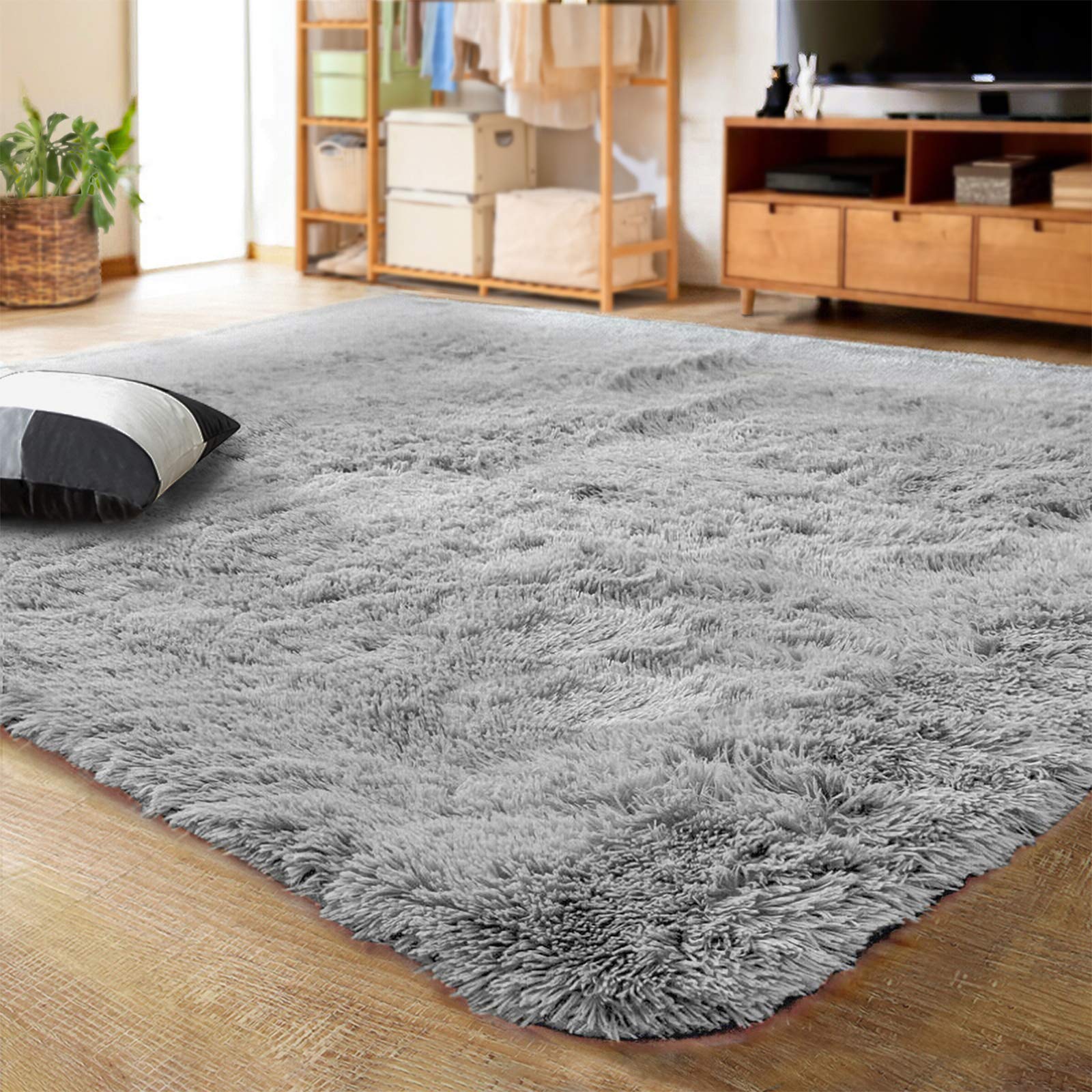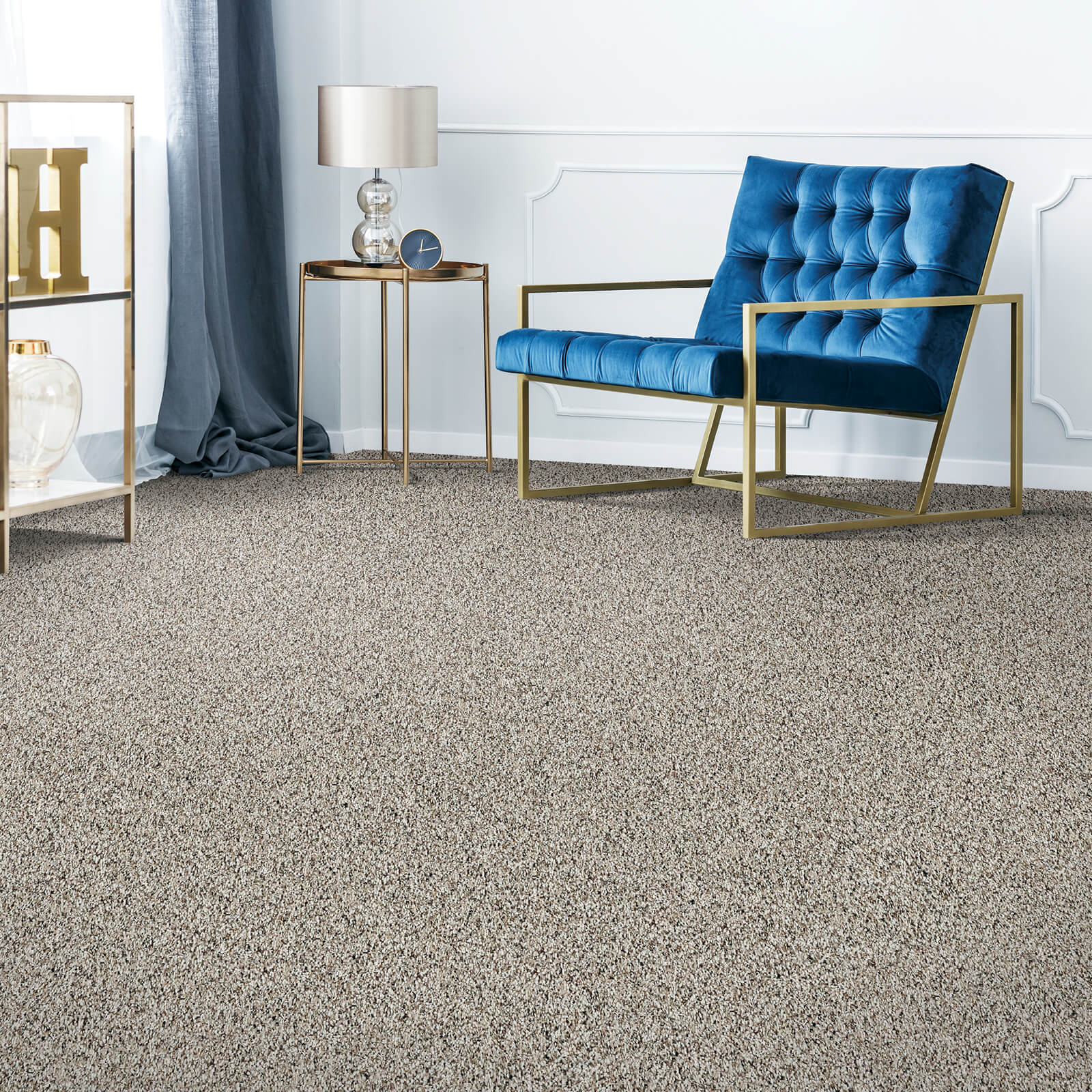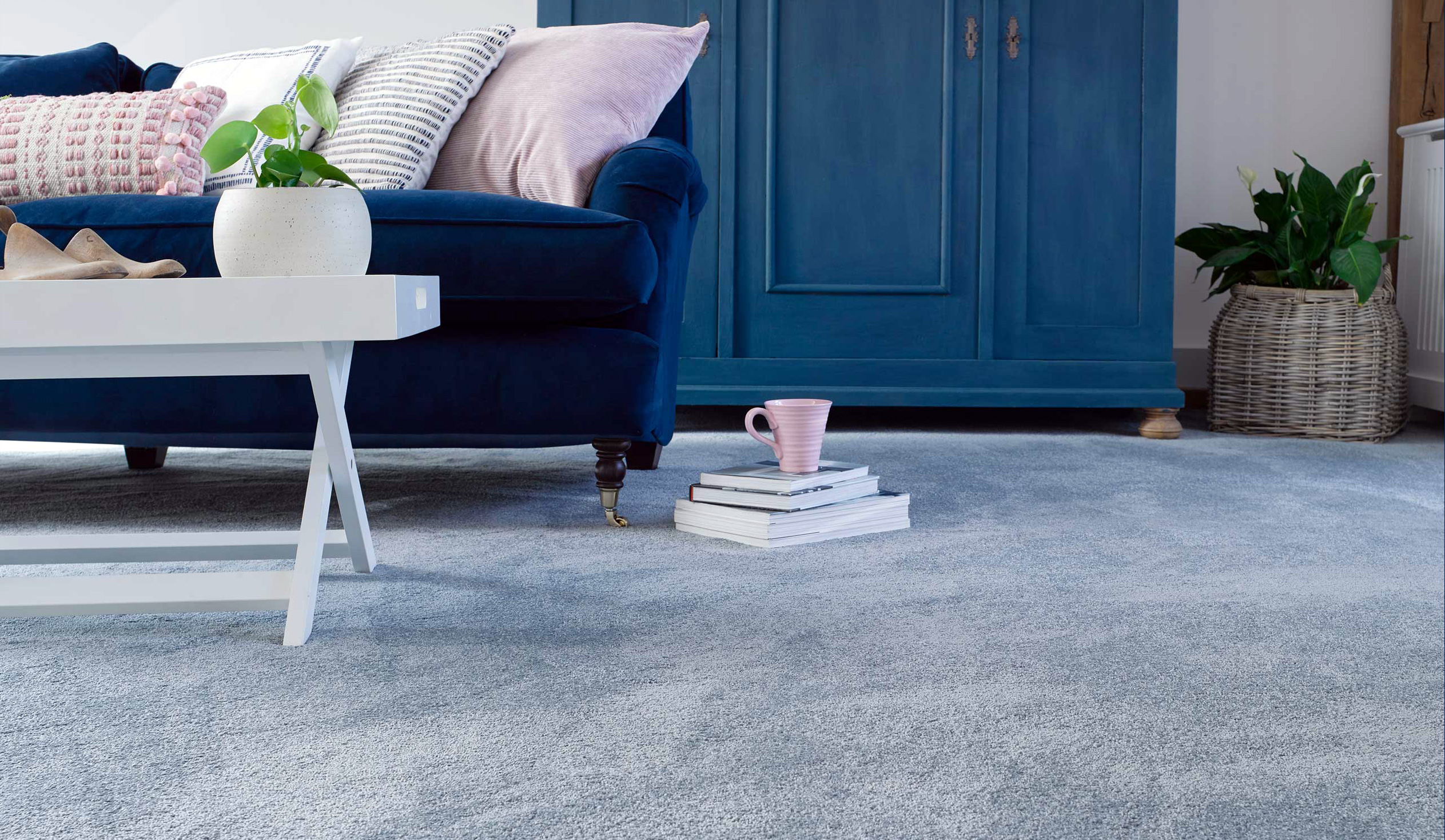Carpets, with their warmth and aesthetic appeal, grace our homes and offices. However, they are also susceptible to various stains, including those from shoe polish – a common household nuisance that can mar the beauty of your carpet if not dealt with promptly and effectively. This guide outlines a step-by-step approach to removing shoe polish stains, equipping you with the knowledge and techniques needed to restore your carpet’s pristine condition.
Understanding the Stain: Types of Shoe Polish
Before diving into stain removal, it’s crucial to understand the type of shoe polish you’re dealing with, as different formulations require varied cleaning approaches. Shoe polishes generally fall into two categories:
- Wax-based Polishes: These contain natural or synthetic waxes and often leave a hard, shiny residue on carpets.
- Liquid or Cream Polishes: Formulated with oils and dyes, these can penetrate deeper into carpet fibers, making stains more challenging to remove.

Quick Response is Key
The faster you act upon discovering a shoe polish stain, the higher the likelihood of successful removal. Delaying the cleaning process allows the polish to set, potentially becoming permanent.
Pre-Cleaning Preparation
Assess & Protect
Start by assessing the extent of the stain and surrounding area. Place a clean, white cloth or paper towel under the stained section to absorb any excess polish that may seep through during cleaning. Also, protect the unaffected parts of the carpet using plastic sheets or towels to avoid accidental damage.

Gather Materials
Collect the following items before starting the cleaning process:
- White vinegar or rubbing alcohol
- Mild detergent (preferably one designed for carpets)
- Clean, white cloths or sponges
- Lukewarm water
- A soft-bristled brush or an old toothbrush
- Vacuum cleaner
- Carpet cleaner (optional, for stubborn stains)

Gentle Spot Cleaning Techniques
1. Dab, Don’t Rub
Begin by gently blotting the stain with a dry, white cloth to lift off as much of the surface polish as possible. Avoid rubbing, which can spread the stain and damage carpet fibers.
2. Alcohol or Vinegar Solution
For wax-based stains, apply a small amount of rubbing alcohol onto a clean cloth and gently dab the stain. For oil-based or cream polishes, use white vinegar instead. Both liquids help break down the polish, making it easier to remove. Allow the solution to sit for a few minutes.
3. Gently Scrub
Using a soft-bristled brush or an old toothbrush, gently work the solution into the stain in circular motions. Be cautious not to scrub too harshly, as this could harm the carpet fibers.
4. Rinse & Repeat
Dampen a clean cloth with lukewarm water and blot the area to rinse away the cleaning solution and loosened polish. If the stain persists, repeat the process until it fades significantly.
Advanced Stain Removal Strategies
Enzyme Carpet Cleaner
For particularly stubborn stains, consider using an enzyme-based carpet cleaner. These cleaners break down the organic components of the polish, facilitating removal. Follow the product instructions carefully.
Steam Cleaning
If the stain still lingers, steam cleaning can be highly effective. Rent or use a home steam cleaner, ensuring it’s safe for your carpet type. The heat and moisture can help lift deep-set stains. Pre-treat the area with a carpet-safe pre-cleaner before steaming.
Post-Cleaning Care
Drying & Finishing Touches
After the stain is removed, thoroughly dry the area. Use a fan or open windows to promote air circulation, avoiding direct sunlight to prevent color fading. Once dry, vacuum the area to restore the carpet’s texture.
Preventive Measures
To avoid future stains, establish a ‘no-shoes’ policy indoors or place a dedicated shoe polishing mat in your entryway. Regular vacuuming also helps maintain the carpet’s cleanliness and longevity.
Professional Help
If, despite your best efforts, the stain remains or you fear damaging your carpet, consult a professional carpet cleaning service. They have specialized equipment and expertise to tackle even the most challenging stains.
Spot Cleaning Tips for Delicate Carpets When dealing with delicate or antique carpets, extra care must be taken to avoid damage. Before attempting any cleaning method, test your chosen solution on an inconspicuous area of the carpet to ensure it won’t cause discoloration or harm the fibers. If in doubt, consult a professional conservator.
- Modified Blotting Technique: Instead of directly applying liquid solutions, you might want to try using a damp cloth (with water or a very mild soap solution) to gently blot the stained area. This reduces the risk of moisture渗透 into the carpet backing, which could lead to mold or damage.
- Cornstarch or Baking Soda Absorption: For wax-based stains, after removing as much solid wax as possible with a dull knife or credit card, sprinkle cornstarch or baking soda over the area. Let it sit for several hours or overnight to absorb the remaining wax. Vacuum gently before proceeding with any further cleaning.
- Cold Compress Method: For certain delicate fabrics, applying a cold compress (wrapped in a clean cloth) to the stain before attempting any cleaning can help solidify oils or waxes, making them easier to remove without harming the fibers.
- Professional Consultation: When dealing with high-value or antique carpets, it’s often advisable to consult a professional cleaner who specializes in delicate textiles. They will have specialized knowledge and gentle cleaning methods to preserve the integrity and value of your carpet.
- Gentle Brushing: Use an extremely soft brush, such as a goat hair brush, to gently work in cleaning solutions or to fluff up fibers after cleaning. This minimizes the risk of abrasion.
- Post-Cleaning Treatment: After stain removal, consider applying a protective spray designed specifically for delicate carpets. This can help repel future stains without damaging the carpet.
Conclusion
Shoe polish stains, while unsightly, don’t have to spell disaster for your carpets. With swift action, the right tools, and a bit of patience, you can effectively remove these blemishes and restore your carpet’s beauty. Remember, prevention is always better than cure; simple measures like using a protective mat or adopting a no-shoes policy can save you from future cleaning headaches. However, when accidents do happen, embrace the challenge with the knowledge and techniques outlined above, ensuring your carpets remain a source of pride in your living or working space.
